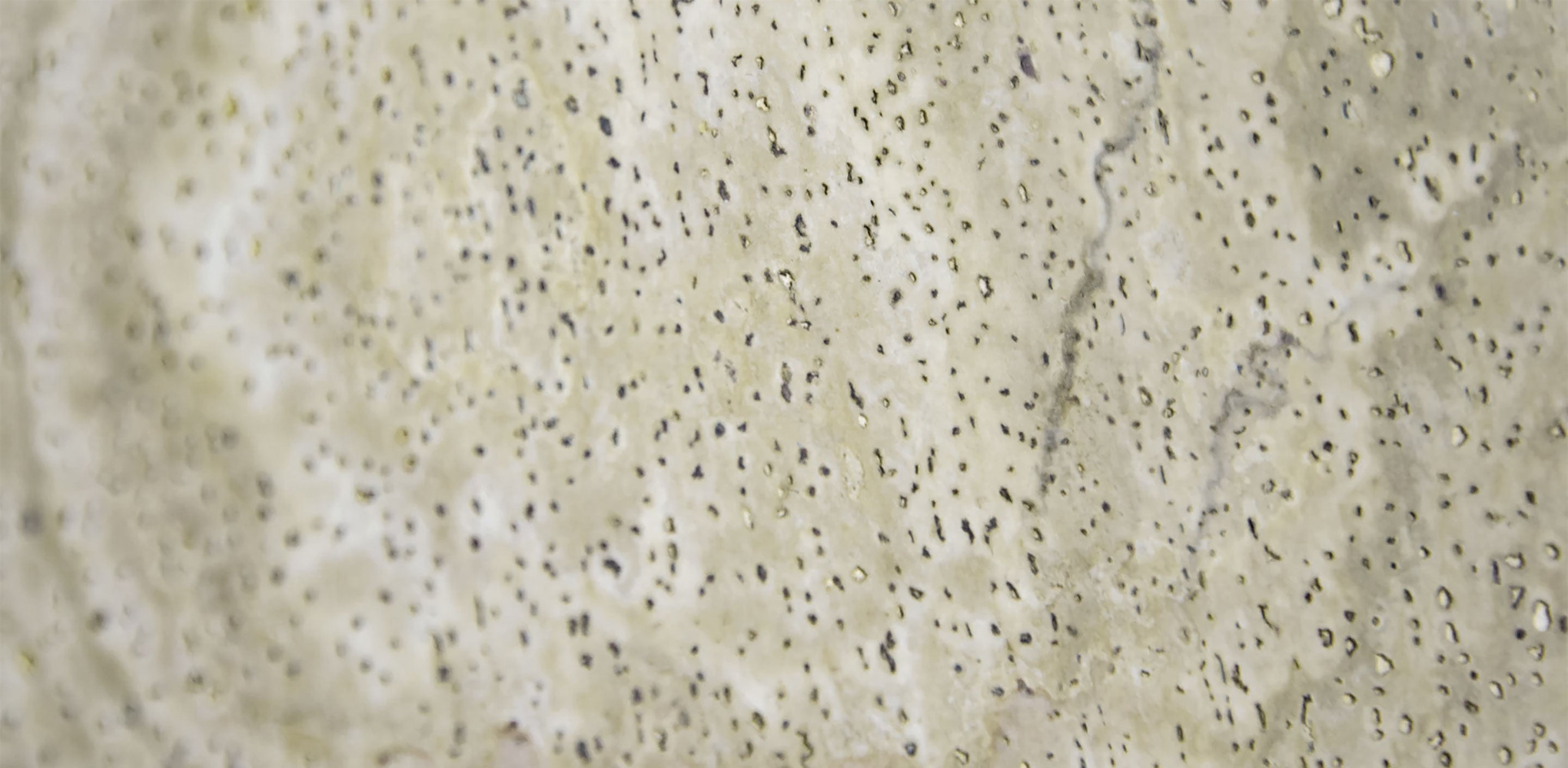Everything You Need To Know About Cork Leather

What springs to mind by hearing vegan-friendly leather? Many of us know that leather is manufactured through animal skin. Although, there is more to it than this.
What is cork leather?
Cork leather is the finest vegan-friendly option, growing in the southwest of Europe. It is used in making luggage, wallets, and bags of premium quality. Cork is harvested from the cork oak, which can be taken from the plant once every nine years. Experts gather the cork from the bark of cork oak which doesn’t harm the plant. Instead, the cutting stimulates its regeneration. India and China are two countries that grow the finest quality cork. Although Portugal is the leading country, contributing half of the global production of cork leather. The plant can be harvested after being 25 years old.
How is cork made?
The process from the bark of cork oat to forming cork leather requires numerous steps.
- Once the bark is harvested, it goes through a process of being dried for six months, steamed, boiled, cut into thin sheets and attached to a fabric backing.
- The oak is cut into planks to streamline the process.
- Natural oak cannot be worked or tempered immediately. It is dried for six months before beginning the process of turning it into leather.
- Once the cork is dried, it is then boiled in water.
- After draining the water, the cork is pressed into fine sheets to get a uniform finish.
- The pressed sheet is directly glued to the fabric backing with the help of Suberin, a natural glue present in the cork itself.
- Soft and flexible vegan leather is ready.
- The end product is what is known as cork leather. It is frequently used to produce fashionable accessories, upholstery, insulation and flooring.
More and more people are becoming aware of the sustainable, ethical, and eco-friendly qualities of cork leather.
Advantages of Cork Leather
There are multiple advantages of cork leather in contrast to conventional leather.
- The appearance of cork is shiny and smooth, which improves with time.
- It is lightweight, as 50% volume is comprised of air.
- The material is dust and cold-proof, ideal for people with allergies.
- Water, dust, and flame resistant.
- Honeycomb composition makes it a fantastic insulator, both electrically and thermally.
- Extremely durable, difficult to tear and scratch.
- Premium elasticity maintains its shape for decades.
- Completely biodegradable and recycled.
- Eco-friendly; the process doesn’t involve producing harmful chemicals and toxins.
- Plant-based dyes are used in colorful cork accessories.
- Cork tree absorbs five times more carbon dioxide and has a significant greenhouse effect.
- Perfect for vegan-friendly people, as no animal is harmed in leather production.
Uses of Cork Leather
Cork leather is handy for manufacturing leather goods such as tote bags, luggage, and wallets. It is highly versatile; can be used to make several accessories like belts and cardholders. Shoes, jewelry, hats, and jackets are also made from cork leather. The product is highly durable and lasts for decades in its original shape. The material is resistant to heat, cold, and sound, which makes it perfect for exotic products such as bulletproof dresses and space suits.
Conclusion
Cork leather is an excellent alternative to animal leather due to its valuable qualities, from durability to eco-friendly material. We strive to promote environmental-friendly and sustainable fashion. It involves plant-based dyes in contrast to chemical-based dyes used in the tanning of animal leather.


